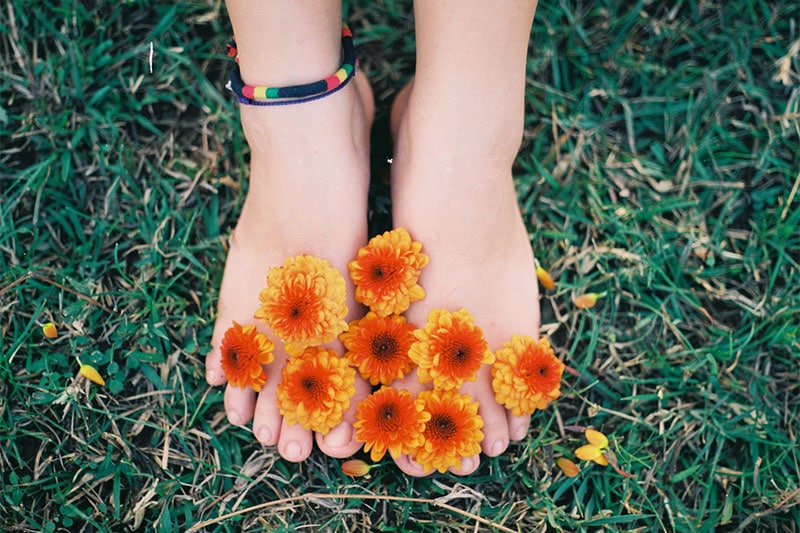
(Image)
Do you have a body part that you hate or dislike? A body part that people have criticized before, even though it’s a natural part of your body?
I used to hate my feet. The reason was my foot size, which is larger than the average woman’s feet where I live. Over here in Singapore, the average lady’s foot size is a US 7-8 (UK 5-6), while the largest lady’s shoe size sold in shops, up until the 2010s, was a US 9 (UK 7).
On the other hand, my feet are a US size 10 (UK 8). While this is a normal lady’s foot size in the West, in Singapore, your feet would be regarded as an abomination and a monstrosity if you are female and Chinese, as Chinese women are expected to have small, even tiny feet.
Which was the kind of treatment I faced growing up. As a kid, I constantly had difficulty getting shoes my size. When I was 9-10 years old, my mom would visit this shoe store regularly to buy shoes for the family. I would stand in the girl’s section each time and look at the Mary Janes and pumps which had cute, feminine designs. As a little girl, I didn’t understand why I couldn’t wear them, except that they didn’t have my size. As a little girl, I thought that perhaps those shoes weren’t for me, and that I wasn’t good enough for them.
When I was 12-13, I was shamed for my feet for the first time. My mom had taken me shoe shopping and asked the salesperson to get my size. The Chinese lady looked at my feet, then proceeded to exclaim loudly about how big they were — like they were the greatest abomination of mankind.
As a young teen, I didn’t understand why she was making such a big fuss about my feet (My feet are big, so what?). But I was capable of feeling insult and shame. I felt my face turn red as I felt really uncomfortable, wishing that we could just leave. But my mom insisted that the lady get the largest size for me to try. She did. They didn’t fit.
Seeing this, the salesperson indignantly grabbed her shoes, wiped the insoles, and said loudly, “Look, you dirtied my shoes!” My mom simply said that we’d check out other shops, grabbed me, and we left.
This was the first time I felt that something could be wrong with my feet. That my feet were possibly shameful, even disgusting, in this world.
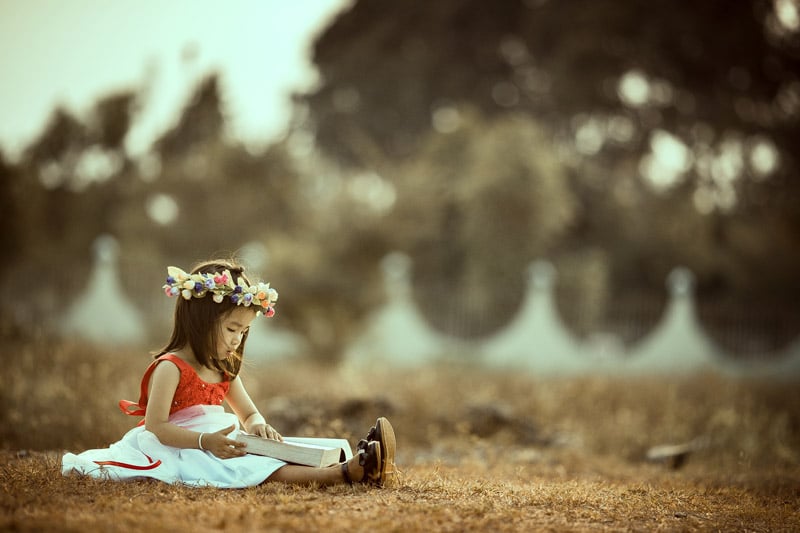
(Image)
Criticisms of My Feet
Subsequently, I experienced more incidents of insult or criticism toward my feet.
For example, when I was with my female friends, they would ever-so-often compare their shoes and foot sizes, and upon seeing mine, say, “Wow, your feet are so big” in an insulting way. Girls with small feet were praised as if they were some accomplishment that they had earned, when they weren’t.
When shopping for shoes, shop assistants would look at my feet, exclaim, “Your feet are so big!”, and then say, “Sorry, we don’t have your size.”
When at my classmates’ houses, my classmates — girls and guys — would invariably compare the foot sizes of the girls present and compliment those with small feet, while exclaiming about my foot size. One such comment came from a guy with bigger feet than mine — we were the same height — but for some reason his foot size was okay, but mine wasn’t. This foot-size comparison activity seemed reserved only for girls, not guys.
As a child, I could tell that feet were used as a measure of a woman’s worth. That somehow small-size feet were regarded as beautiful, while bigger-size feet were regarded as disgusting and gross.
Eventually when I was 17-18, after repeated negative comments about my feet, I began to hate them. I would avoid discussions about feet as they would typically swing into some foot-comparison exercise. I stopped trying to buy shoes locally and turned to online shopping where there are bigger-size shoes. I envied girls who could simply try the shoes on display at a shop and buy whatever shoes they liked, because I struggled with buying shoes here where the largest woman’s shoe size was one size smaller than mine.
My only solace was in unisex sports shoes, sandals, and squeezing my feet into covered shoes that were one size too small, which would bruise my toenails. If I was with other people and barefooted, I would curl up my toes and scrunch my feet so that no one would notice my feet.
My biggest wish was for my feet to disappear, to never get any attention, and to stop being criticized like they were some object.
The Stigma Against Big Feet
The weirdest thing is that despite all these comments, my feet are not so much big as they are long. For example, the width of my foot is the same as a friend’s foot which is a US 6, and narrower than some of my friends’ feet which are US 7-8. I also have long toes which add an extra 1/2 size to my foot size.
The whole societal obsession surrounding feet seems to be about foot length rather than size.
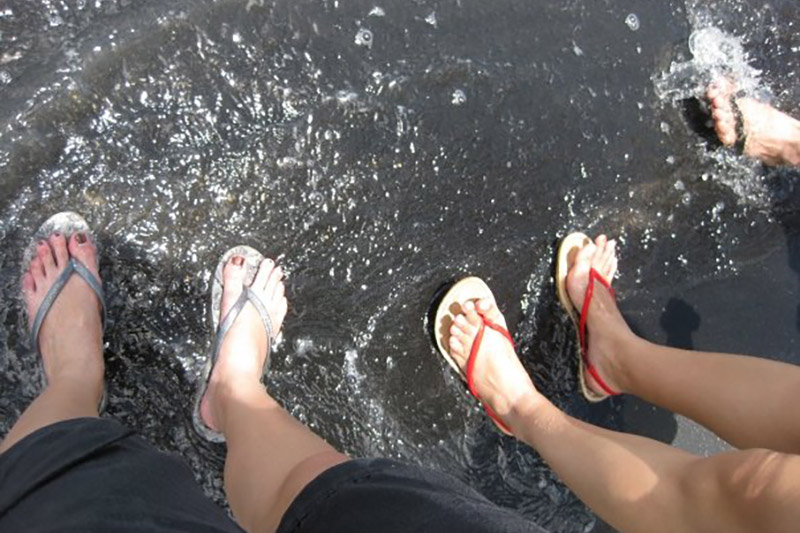
Me and my friends at a beach. I’m the one with red slippers. (Image: Personal Excellence)
Big or long, it doesn’t matter as I would get negative comments about my feet like I had committed some crime. Women — strangers and friends alike, though never my mum — would make it their business to criticize my feet, even though I never asked for their opinion. Once I went for a foot massage and the female masseuse, a Chinese, told me that my feet looked like an alien’s.
On the other hand, what is seen as “ideal feet” are small feet. Very small feet. There is a Chinese idiom “娇小玲珑” which basically means that small women are dainty, delicate, and beautiful. Women who are petite, skinny, and have small hands and feet are admired and regarded as beautiful in Chinese culture, and hence Chinese-dominant societies like Singapore, Hong Kong, Taiwan, and China. Once my Chinese teacher was teaching the idiom “娇小玲珑” in class, and she said, as a matter of fact, that women who are truly regarded as beautiful are small and petite women with small hands and feet. And she was saying this to a class of young, impressionable 13 to 14-year-old students.
Why Small Feet = Beautiful
Yet where did this idea come from? When I looked it up in detail, I found that women in China used to bind the feet of young girls to change their shape and size. They would forcibly curl the toes under each foot and break them, and then break the arch of the feet, to achieve the ideal foot length of 10cm (4″ or three Chinese inches). For perspective, the average foot length of a four-year-old girl is 17.3cm (6.8″).
This custom was called footbinding and was extremely inhumane and painful. Infection was a serious issue and the feet would be permanently deformed. As many as 10% of girls were thought to have died from infections from foot binding, with the surviving women being prone to falls leading to broken hips, paralysis, and muscular atrophy. This practice resulted in life-long disabilities and was banned in 1912.[1]
While there are varying stories about how footbinding started, the general view is that it started in the 10th century, when the emperor asked his concubine to bind her feet and perform a dance on the points of her feet. The concubine’s dance was said to be so graceful that others sought to imitate her. Footbinding was then replicated by other upper-class women and the practice spread.
Bound feet became a way to distinguish upper-class girls from everyone else because bound-feet girls were assumed never to have to work. It later became a way for the lower classes to improve their social prospects.[2]
Bound feet became a mark of beauty. They forced a woman’s walk to be more dainty due to the way she had to walk to maintain movement and balance. Footbinding made a woman more desirable to men, became a prerequisite to finding a husband, and became a way for a woman to marry up. Women, their families, and their husbands took pride in their tiny feet. (More on foot binding here, here, and here.)
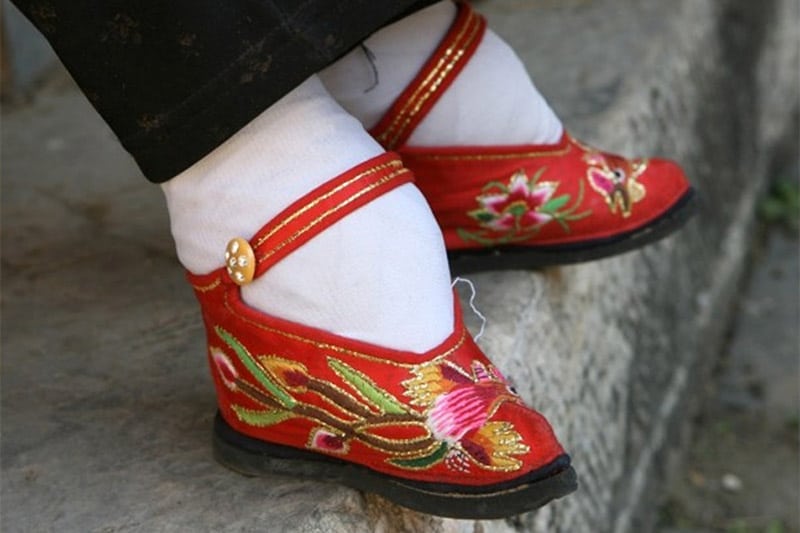
The ideal foot length was 10cm (4″) long, and it was achieved by breaking and binding a girl’s feet from young (Image: AFP)
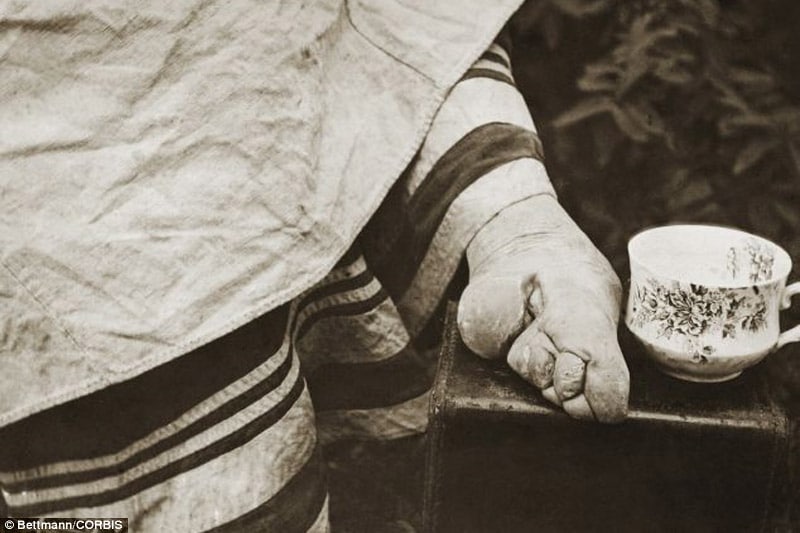
A woman’s bound feet without the silk shoes typically used to cover them (Image: Bettmann/CORBIS)
The obsession with small feet is not limited to Asia. In the West, the story Cinderella comes to mind, where the prince finds his love after searching his entire kingdom for the one lady who can fit into a tiny glass slipper. If you read the story carefully, Cinderella glorifies small feet as a beauty ideal as Cinderella, who is repeatedly described as beautiful, has feet so tiny that no one can wear her glass slipper except for her. In the Brothers Grimm’s version, one stepsister had to cut off her toes and another, part of her heel, to fit into the slipper and win the Prince’s heart!
As we know, Cinderella has been retold for centuries, and women from all over the world see the story as an ideal and Cinderella as a role model.
Such cultural norms and stories wind up creating toxic, artificial beauty constructs and make young girls feel inferior, and even forcibly change their bodies, when they do not match such beauty constructs.
Digging Into My Shame
As I grew older, I continued to feel ashamed of my feet, though I learned to avoid situations where my feet might be scrutinized.
Until one day, in my early 30s, when I realized that it didn’t make sense for me to feel that way. My feet are part of my body. Their shape and size are not within my control and I’ve never once thought that they are not beautiful or ugly — it was just a notion repeatedly pushed onto me by others.
So I dug into this shame, and realized the following:
- Just because my feet are not small doesn’t mean that they are flawed or not beautiful. It just means that they don’t conform to the average lady’s foot size here, which is US 7-8 in Singapore and US 6-7 in Asia. And that’s nothing to be ashamed of.
- The shops here don’t carry my shoe size because most shops cater to the majority. My foot size is not common among women in Singapore (or Asia), which is why manufacturers and retailers fail to account for my shoe needs. It doesn’t mean that my feet are shameful, but that I’m simply not in the average consumer group for footwear. (These days, shops have begun carrying bigger sizes, though it is no longer important to me as I rarely shop now.)
- My feet are the right size for my body. I’m 170cm / 5′ 7″ tall and a foot size of US 10 fits my height and body frame. My feet are also proportional to my body. On the other hand, the average lady’s foot size in Singapore is US size 7-8 as the average lady’s height here is 161cm / 5′ 3″, which is 9cm / 4″ shorter than me.[3] If I had a foot size of US 7-8, I would probably trip and fall often because such a foot size simply doesn’t provide a stable base for my height and frame.
- The people who criticized my feet in the past are simply the result of their upbringing and environment. Their thinking is the result of cultural norms and expectations. To change this, we need to start by educating people. There’s no point in being angry at those who are just the result of broken cultural norms.
As I realized that the source of my shame was nothing but a set of baseless, twisted beliefs, my lifetime-held shame, fear, and embarrassment surrounding my feet crumbled away. For the first time, I stopped scrunching my toes and feet, something I had always done unconsciously, probably due to past fear and shame. I felt lighter. I felt free.
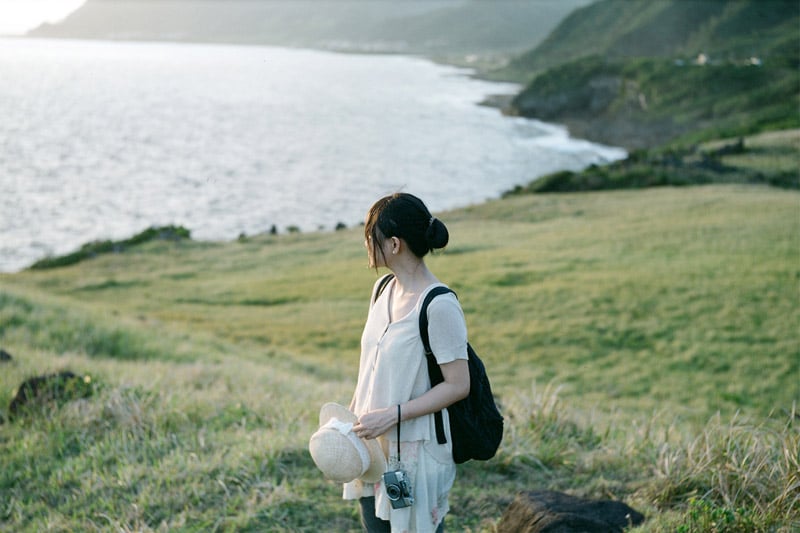
(Image)
What We Can Do
Beauty comes in all forms, shapes, and sizes, and this includes our feet. Your feet can be small or big, and they are beautiful all the same. There are many tall celebrities and models with big foot sizes of 10, 11, 12, and larger[4], and their big feet are no less beautiful than small feet.
After all, if people are tall, they will naturally have long and/or broad feet. To expect everyone to have a certain foot size without considering their body height and frame is ridiculous. We shouldn’t expect everyone to have the exact same body shape, size, or feature, but celebrate everyone’s individual look and form.
The problem that I experienced isn’t just about social stigmas surrounding feet. It’s about the notion of beauty ideals. That somehow there is a certain look regarded as beautiful in a culture, and everyone must either change themselves to fit this look and be accepted, or be regarded as ugly, disgusting, and unworthy.
Yet, notions of beauty are man-made to begin with — typically shaped based on what’s common and not common in society, to separate the “have’s” from the “have not’s.” For example:
- Skin Color: Pale skin used to be associated with nobility in the West as the aristocrats didn’t have to work in the fields (hence the term “blue blood,” as their skin would be so pale that one could see blue veins).[4] Similarly, fair skin was a representation of social prestige in China as women of high social classes didn’t need to work in the fields, and hence would not be tanned. Hence, fair skin became a mark of beauty among the Chinese, and people would stay indoors and put on skin-whitening products to stay fair.[5]
- Body Weight: Being weighty was seen as very attractive during the Renaissance era and the Tang dynasty. Food was scarce then and being weighty meant that you had enough to eat and could be a potentially rich and healthy mate.[7] Subsequently, when food became abundant and easily available to people of all social classes, being skinny became seen as very attractive as the wealthy had to stand out from the middle class.[6]
- Feet size: Bound feet became a mark of beauty in ancient China as the only women who could do that (initially) were from wealthy families, as they didn’t need to work in the fields.[7] This later became adopted across all social classes as the standard for beauty.
- Facial features: Caucasian features — high nose bridge, double eyelids, deep-set eyes, pale skin — were and still are seen as desirable and more attractive in many Asian countries.[8] Many Asian countries used to be under Colonial rule, which created a deep-set mentality that Caucasians are superior, and that Caucasian-like features are more beautiful than typical Asian features of round nose, monolid eyes, and small eyes, and the darker skin tone of certain races. This is in turn perpetuated by media and society as people with such features are repeatedly lauded as beautiful. Read: Colonial mentality
For more on changing beauty standards, read this, this, this, and this.
Subsequently, people are encouraged to alter themselves to gain acceptance and be seen as beautiful. This is particularly so for females as there is much pressure on women to achieve a certain beauty look. The beauty industry for women today profits hugely from reinforcing such ideals, selling makeup, skincare, and skin-altering (e.g. skin whitening) products to get women to achieve such a look. Those who want to change their body to a greater extent go for procedures such as Botox, fillers, and plastic surgery.
Yet beauty isn’t reserved for a certain look or facial feature. Beauty is everywhere, in you and me. If we can celebrate who we are and what we already have as individuals, and stop body shaming based on beauty notions created by society, we can stop this endless cycle to achieve some “beauty look” when all of us are already beautiful and you don’t need to alter yourself to look “more beautiful” than another.
Here’s what we can do on an individual level:
- Recognize that beauty comes in all forms, shapes, and sizes. Every look is beautiful. It is not one look that is more beautiful than another, but that every look is beautiful. I share more here: The Beauty of Self
- Stop judging others just because they don’t fit a certain look. Remember that our perception of beauty is no more the result of our upbringing, conditioning, and education. There is no one look for beauty, but that every look is beautiful.
- Reduce your consumption of beauty goods and services that reinforce such ideals. Other than the fact that there’s no need to, it also fuels the industry and reinforces such ideals. For example, skin whitening products fuel the notion that a fairer skin color is “better” when it’s not true. Double eyelid stickers reinforce the notion that double eyelids are superior to monolid eyes. Surgery to achieve a high nose bridge reinforces the mindset that a higher nose bridge is more attractive. None of these are necessary, because you are already beautiful as yourself.
- Celebrate each other’s beauty. When we live in a society where we are made to constantly pit against each other, where women are taught to look a certain way to be more beautiful than others, and where everything is a “contest,” people will criticize, shame, and put each other down to make themselves seem better, in a quest for affirmation, love, and acceptance. I saw this happen all the time in school; it still happens in society today, be it women criticizing women or men criticizing women.
There is no need to do that. We are not competing against each other. We are humans here to live a better life and support each other. Look at your friends, point out one thing you love about them, be it their facial features or body, and tell them how beautiful it is. They will appreciate you for it.
- Educate and share the knowledge. While I have written this post and other posts on beauty (linked below), I’m only one person. If you feel that any of these posts are helpful, share them with your friends and family. Educate them that beauty isn’t just one look or size, but something everyone already has.
If you have big feet, know that your feet aren’t a monstrosity or issue, but a natural part of your body. Don’t hate on your feet when they have been carrying the weight of your body and moving you across distances. Your feet helped you take your first steps in life and will continue to help you take all your steps in life. Love and cherish them. They are a part of you. :)
If you know people with bigger-than-average-size feet, share this post with them. It may be something they need. :) Thank you!
Read my other posts:
- The Beauty of Self – How I Used To Feel Inferior about My Looks and Why I No Longer Feel That Way Today
- How I Began To Love My Body (series)
- How I Found My Place as a Female in Today’s World (series)
- Why I Used To Be Afraid of Intimidating Men and Why It Does Not Faze Me Anymore
- What I Learned From Growing Up in a Shaming Culture

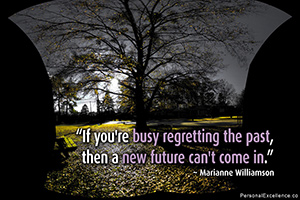
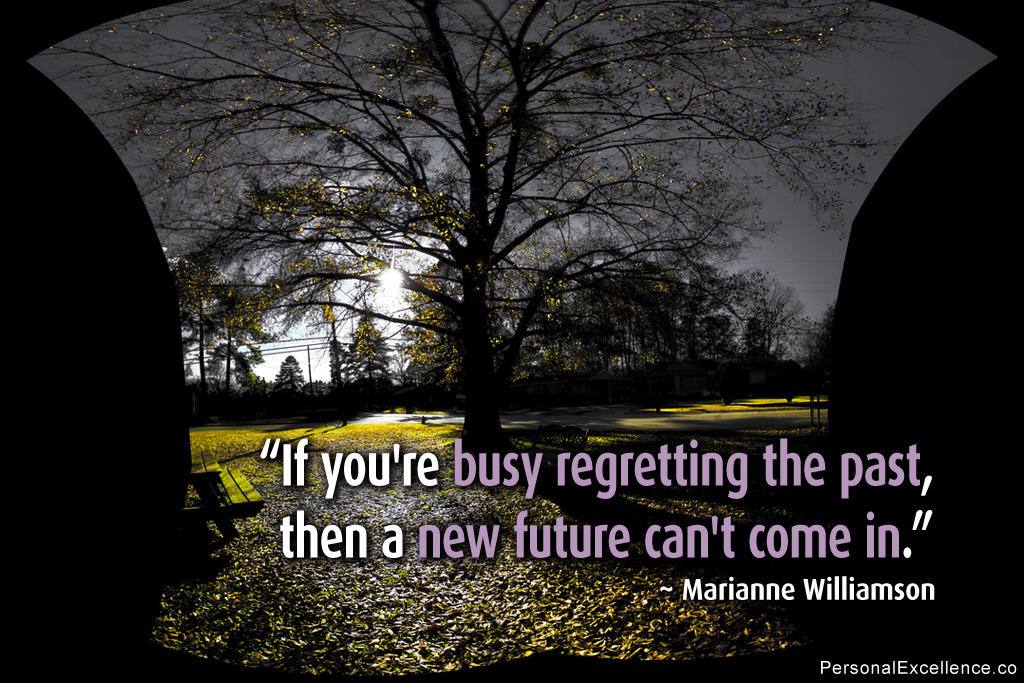




 I hope you find my content helpful. Join my community of 65,000 readers and get my latest articles delivered to your inbox. Your email is safe and I never send spam.
I hope you find my content helpful. Join my community of 65,000 readers and get my latest articles delivered to your inbox. Your email is safe and I never send spam.
Commenting for this post is closed.